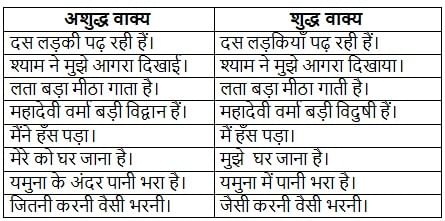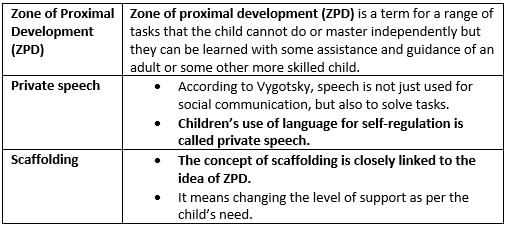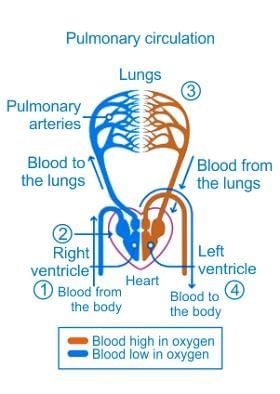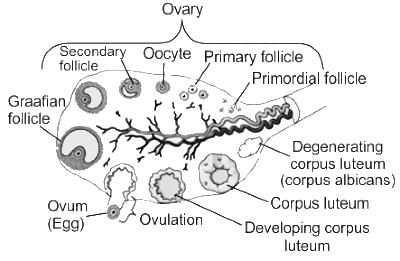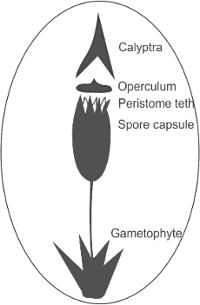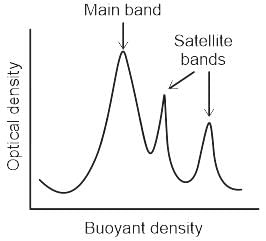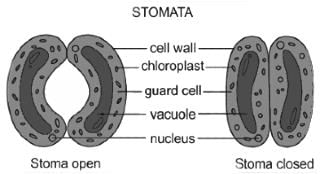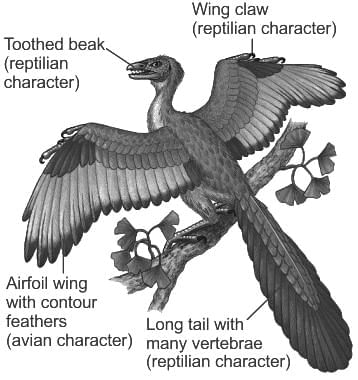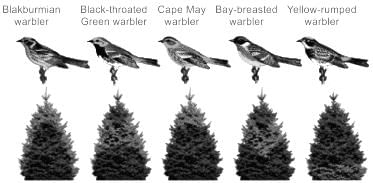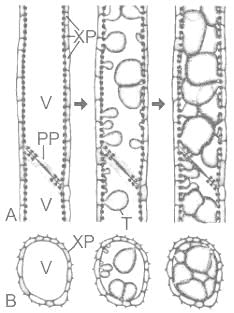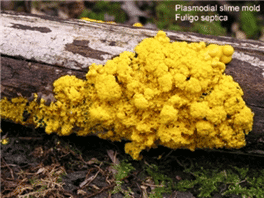KVS PGT Biology Mock Test - 6 - KVS PGT/TGT/PRT MCQ
30 Questions MCQ Test KVS PGT Exam Mock Test Series 2025 - KVS PGT Biology Mock Test - 6
'तमसो मा ज्योतिर्गमय' उक्ति में ‘तमसो' का क्या अर्थ है?
निम्नलिखित लोकोक्ति/मुहावरे का क्या आशय होता है?
हरिश्चंद्र होना
हरिश्चंद्र होना
Which of the following is a valid category of computer keyboard?
Which of the following classroom activities facilitate constructivist teaching-learning processes?
A. Students take the initiative in providing solutions to classroom problems
B. Textbooks are used as the only teaching-learning material in the class.
C. Students are expected to answer from their own words and contextual examples
D. Assessment activities are mainly centered around board examination pattern
Choose the correct option.
Statement A:- Maturation is a developmental process.
Statement B:- Maturation and learning work together to promote the development of an individual.
Choose the correct option.
According to Vygotsky, cognitive development depends on:
Statement 1 : Systematic circulation consists of closed loop of vessels carrying blood between the heart and lungs.
Statement 2 : Pulmonary circulation is a circuit of vessels carrying blood between heart and other parts of body systems.
DNA fingerprinting involves identifying differences in some specific regions in DNA sequence, called as
Which of the following Bt crops is being grown in India by the farmers
Which of the following facilitates opening of stomatal aperture?
The connecting link between Reptilia and Aves is _________
Inspite of interspecific competition in nature, which mechanism the competing species might have evolved for their survival?


